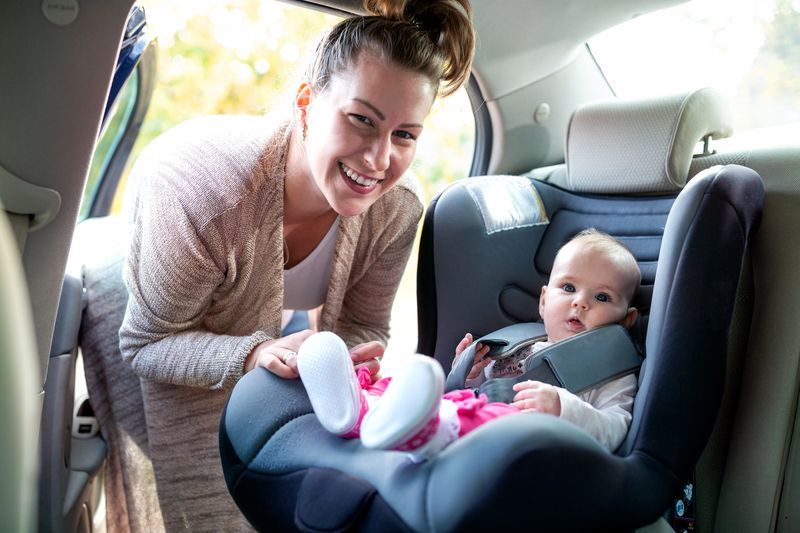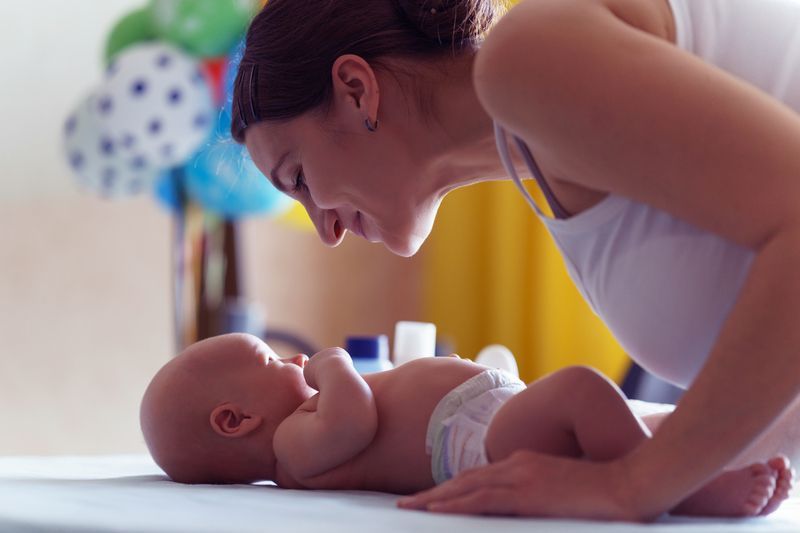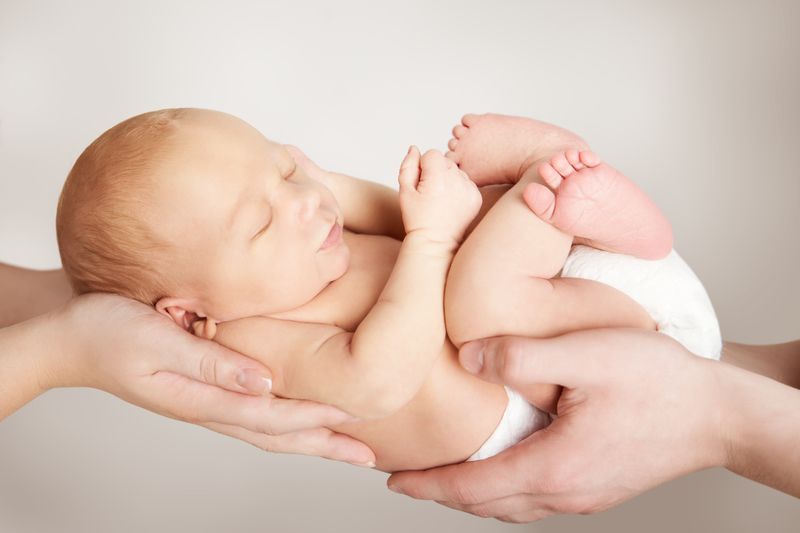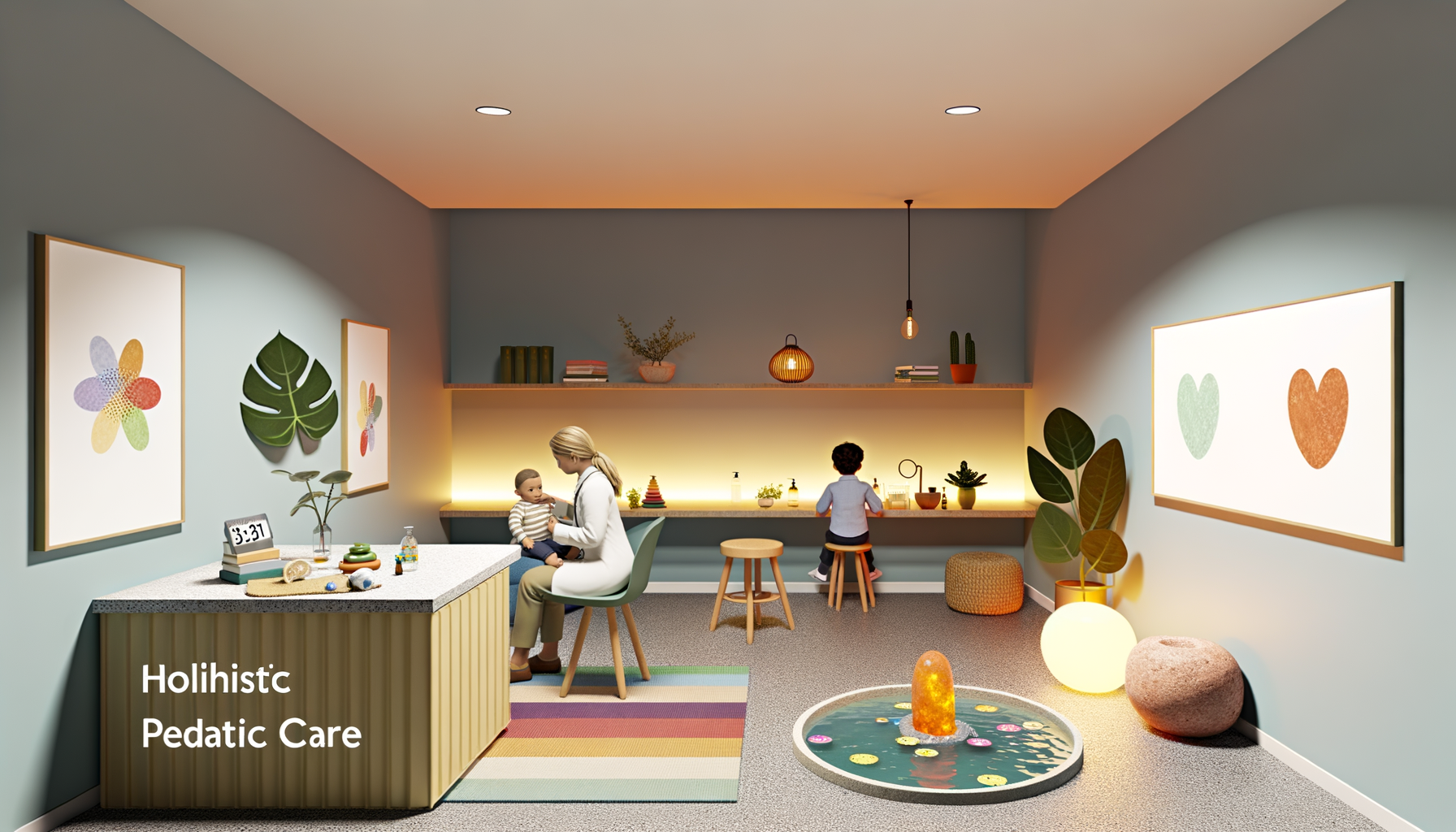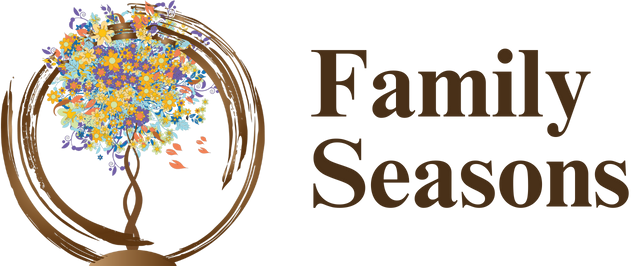Dealing With Sensory Issues
Sensory post.
I haven’t heard this topic discussed all that much. I wanted to relate some experience with managing some minor sensory issues I’ve had with two of my daughters, hoping it will help someone else who is struggling with similar things.
(What sensory issues are like for us)
My oldest daughter Gabbie started to complain about how her underwear and pants were feeling on her body at age 5 and it lasted for about 6 years. She may have made some statements before that age, but that’s when it became a regular topic of discussion between us. I could understand it all at that point pretty well. It seemed somewhat normal to want soft underwater and pants.
Feeling comfortable is a real thing and it’s important! I do however remember buying her the cutest colors and styles of jeans and pants, in hopes that this might be the pair she would wear without complaining. We have tried to make her wear them. She’s lost privileges. We’ve bribed her. None of those options go well ( when will us parents ever learn) It usually ends with me yelling, us arguing or feeling upset at each other. With the underwear, I would buys seamless kinds, soft fabrics, different cuts.
I tried so many brands. There are issues with the majority of them, but I’m willing to try. What works one month did not work the next etc. As her body began to change with puberty the issues continued. I pretty much came to the conclusion that soft and stretchy pants and underwear were in fact just fine for her to wear ALL THE TIME! After months, I realized that this was nothing to do with our parenting and everything to do with sensory issues. Thankfully my washer is always running and so clean clothes vs trendy or cute was ok by me. She’s made amazing strides but still is quite particular about how things feel on her skin at 12 year old.
Turns out that was just a prep course for what would follow with my second daughter, Macie. Macie’s sensory issues started even younger, about age 3. Initially she had a hard time with socks, seams, new food flavors, and texture. When I say a “hard time” I just mean getting her dressed was stressful and took a lot more patience and effort than it should. That issue grew into sensitivity with most clothing, shoes, coats, pajamas, leotards, body temperature, smell and new or different food flavors and textures.
When there was something she would wear, I would buy several of that item! She lived in H&M short sleeve dresses for about 3 years. In the winter time she would wear soft pants from Target underneath a dress and she lived in a pair of loose fitting rain boots for... kid you not a couple of years. Currently she struggles most with pants, socks, long sleeves, coats and any type of new clothing. She also prefers very low maintenance hair. Every morning she struggles and complains about getting dressed for the day. We have routines.
I try to be consistent and predictable which helps, but it doesn’t eliminate because it’s just who she is! She has a closet and drawers full of clothing options but resorts to her favorite 5 short sleeve shirts, and soft Target pants without fail. We were able to go tennis shoe shopping before this new school year, and she’s worn those tennis shoes since August every day which is a miracle and HUGE win!!!
I’ve tried shopping for the clothing with her, picking out outfits to wear with her the night before, hiding certain shirts at the bottom of her drawers, talking about what’s bothersome to her. She hates feeling even the least bit warm and becomes very flustered when it it’s too warm in a vehicle, in our home, or outside.
Trying new foods is still torture. She has nut allergies, and so her food situation is already a bit more complicated than most. More on that in a different post. I try and give her some slack and she’s honestly been incredibly picky and dainty in her eating from the get go. I do provide healthy options for her regularly, but she rarely eats vegetables and is very particular about meat.
She does eat a wide variety of fruits and most kid friendly foods. I really try and praise her when she does try a new food! Attempting to force her into any eating always backfires.
Chad and I have learned to manage and work with Macie on her difficulties. We thankfully lean on each other for support and encouragement, because we are the ones who seem to suffer the most with the process. Thankfully both of our daughters mentioned above thrive in school, self motivation, friendships, learning, and extra curricular activities.
Basically I’ve shared this information to also share that eventually the struggles really do seem to end! If this sounds at all familiar to you, You’re not alone! I’ve seen the decrease so much with Gabbie. I know Macie will eventually outgrow and learn some tools that do help with her sensory issues as well. I want to be a simple encouraging voice here, you will get through this!

